- Flowers
Flower Bulbs Allium Bulbs Anemones Begonia Tubers Crocus Bulbs Daffodil Bulbs Dahlia Tubers Hyacinth Bulbs Lily Bulbs Tulip Bulbs Woodland Flower Bulbs Other Flower BulbsFlower Plants Annual Bedding Plants Children's Flower Plants Clematis Climbing Plants Cottage Garden Plants Exotic Plants Flowers For Cutting Plants Foliage Plants Greenhouse & Indoor Plants Ground Cover Plants Hanging Basket Plants Lavender PlantsHardy Geraniums Herbaceous Border Plants Heuchera Pansies and Violas Patio Plants Water Plants Window Box Plants Winter Bedding Plants Hydrangea Large impact plants Recommended By Our Experts
- Fruit & Vegetables
- Trees, Shrubs & Ornamentals
- House Plants
- Tool Shed
Garden Tools & Equipment Barrows and Trolleys Garden Solutions Harvesting Plant Supports Seed Sowing Tree Stakes Water Butts Weed Control Hand Tools Secateurs, Snips and Pruners WorkshopGarden Irrigation & Watering Irrigation Kits Water Butts Hoses & Sprays Miscellaneous Fertilisers Plant Pots Hanging Baskets Plant Protection Garden Compost All Compost
- Outdoor Living
Garden Living Barbecues & Firepits Garden Storage Solar Lights & Lighting Fixtures & Ornaments Awnings Sail Shades Garden Clocks Landscaping Lawn Edging PavingPatio Heaters Gas Patio Heaters Electric Patio Heaters Fire Pits, Chimeneas, Fire Baskets Wallmounted/Ceiling Patio Heaters Freestanding/Table Top Patio Heaters Water Features Solar Powered Water Features Mains Powered Water Features Indoor Water Features Outdoor Water FeaturesGarden Furniture Rattan Furniture Parasols Garden Benches Dining Sets Loungers Wooden Furniture Party Tents & Gazebos
- Wild Birds
- Gardening Info
- Special Offers
Join Our Gardening ClubVan Meuwen Gardening Club
Become a Member
Join our Gardening Club to unlock exciting perks and discounts!
JUST £10 for one year's membership
10% OFF EVERY order placed online £20 worth of Van Meuwen Vouchers Exclusive members only deals Join NowHow to improve your soil
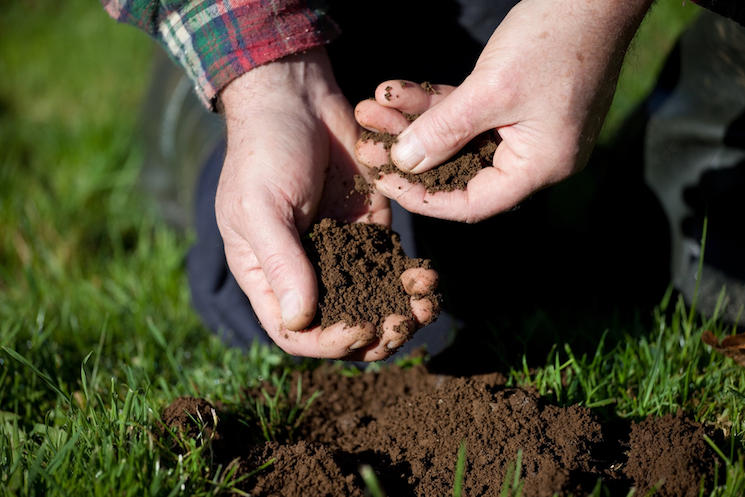
Improving the quality of your soil will really boost the health of your plants
Image: ShutterstockImproving the quality of your soil will really boost the health of your plants.
Enriching your soil is easy when you know how, and an important way to keep your plants healthy and vibrant. Good soil has a structure that allows air and water to penetrate, and strong roots to grow. It also incorporates plenty of organic matter that feeds plants naturally. Here’s how to improve your soil.Your soil
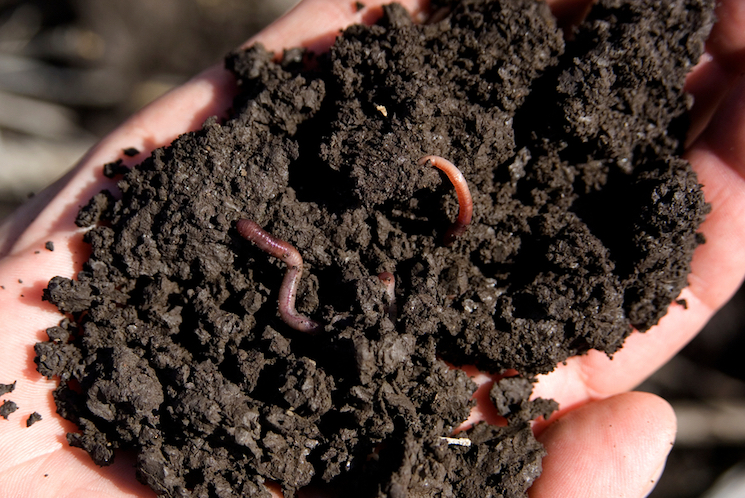
Encourage worms into your garden to do some of the hard work for you
Image: ShutterstockOrganic matter consisting of compost, well rotted manure, and leaf mould does your soil good. Earthworms, insects, and microbes digest it, turning it into humus. This adds bulk to your soil, helps it to retain water without becoming waterlogged, and feeds your plants. The best time to dig nutrient-rich compost into your garden, depends on your soil type.
Because clay soils are heavy and tend towards water-logging, it may do more harm than good to feed them during the winter and early spring. By adding organic matter during the autumn, you give it chance to be incorporated into the soil structure, helping it to drain better.
If you have sandy soil, organic matter helps increase water retention and builds in a source of nutrients no matter when you decide to apply it. That said, it’s best to work on sandy soil during the spring so that plants get the benefit of the extra nutrients during the growing season. Whatever your soil type, don’t dig it over when it’s really hot and sunny, or all the moisture will evaporate.Steps to soil health
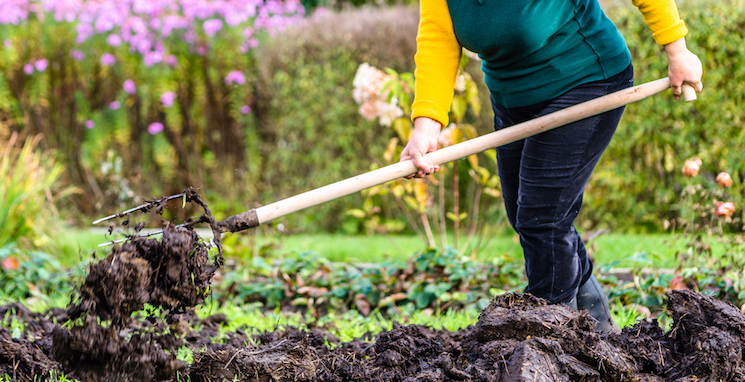
Work the organic matter into your beds with a fork
Image: ShutterstockIf you’re beginning with empty borders, start by digging over the soil. Using a garden fork, break up any large lumps as you go, working to the depth of the tines or about 30cm (12") deep. For ground that hasn’t been worked for some time, double the depth.
Tip your organic matter onto the soil and spread it evenly to create a layer, a good 5-10 cm (2-4") deep. When treating a large area, avoid compacting the soil by standing on a wooden plank while you work.
Healthy soil doesn’t need any extra feed, but if yours is particularly low in nutrients or doesn’t get much light, you may wish to add a slow release fertiliser during the spring.
With a garden fork, work the organic matter into the soil to about the depth of the tines, then finish by levelling the ground ready for planting.
Borders already full of plants? During the spring, mulch around them to a depth of 5 -7.5cm (2-3"). Take care not to pile it over the crown of the plant because it encourages rot. Poor soils will also benefit from a sprinkle slow-release fertiliser before mulching. There’s no need to dig – earthworms and other organisms will feed on the organic matter, drawing it down into the soil.
For a step-by-step guide to improving soil, watch our video for some quick tips.Improving your garden soil is easy and the single, most effective way to boost the long-term health of your plants for a thriving garden.
Quick Links:
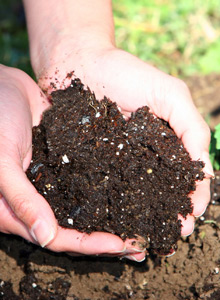
Working in organic matter such as compost, well rotted manure or leaf mould creates a good soil structure and provides nutrition for healthier plants.
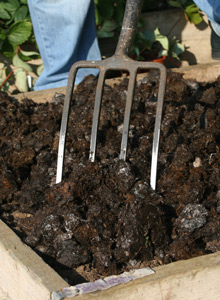
Work organic matter into the soil thoroughly with a garden fork, to about the depth of the tines. For neglected borders dig over the soil thoroughly to two spade depths.
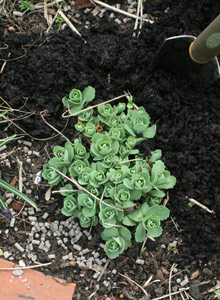
Improve the soil around established plants by spreading a mulch of organic matter around the base in the spring. On poor soils sprinkle some slow-release fertiliser around the base too.
Sign up to the Van Meuwen Gardener's Club for Special Offers
Delivery Information Privacy Policy Cookies Terms of Business Affiliate Programme Planting & Cultural Advice Contact Us© 2025 Van Meuwen. All rights reserved. A division of Branded Garden Products Limited.
- House Plants
